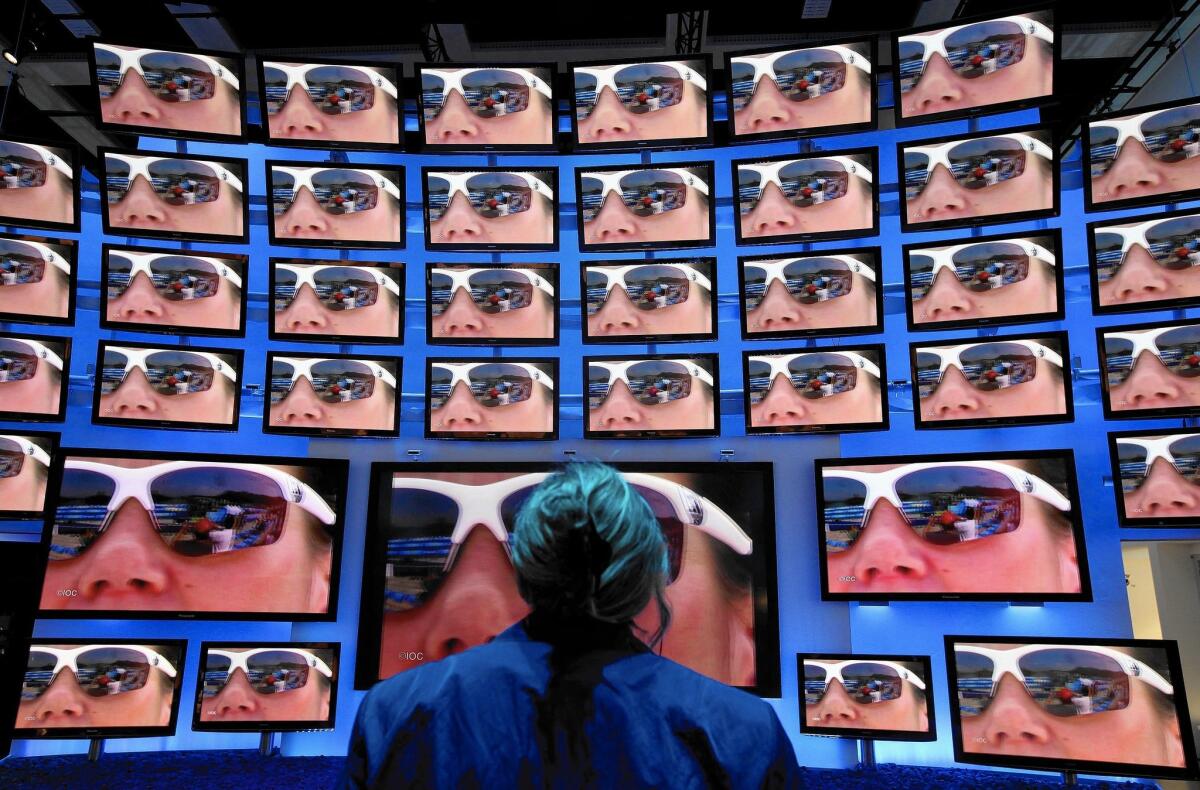TV networks vowed to cut back on commercials. Instead, they stuffed in more

Does it seem like there are more TV ads lately? Youâre not imagining it.
The amount of commercial time on cable TV keeps increasing as networks try to make up for shrinking audiences by stuffing more ads into every hour of television. Thatâs despite years of promises to cut back on ads.
Last quarter, commercial time rose 1%, according to Michael Nathanson, an analyst at MoffettNathanson LLC. After declining in 2017, the volume of ads increased every quarter last year and expanded again in the first half of 2019, he said. Fox was the only major cable network group to lower its ads last quarter, cutting them by 2%, Nathanson said.
As TV viewership declines and more consumers jump to streaming services like Netflix, media companies have only a couple of options to generate the advertising revenue that Wall Street expects: They can raise prices, run more commercials or do a little of both.
âLook at the decline in ratings,â Nathanson said. âEveryoneâs got pressure to make their quarterly numbers. Long term, itâs a very bad decision, but you donât want to miss your numbers and have your stock go down.â
Media companies are adding more commercials because sponsors are more sensitive to price increases than to clutter, said Brian Wieser, global president of business intelligence at the advertising giant GroupM. And if a TV network were to cut the time allotted for commercials, it would need to boost advertising rates to make up the difference â a tough sell if rival networks arenât doing the same, Wieser said.
The result is âan economic standoffâ between the networks and advertisers, according to Howard Shimmel, the former chief research officer at Turner, which is now part of AT&T Inc. And the losers are viewers.
âNetworks canât afford to cut their commercial loads dramatically without it affecting ad revenue,â said Shimmel, who now runs his own consulting firm. âAnd ad agencies arenât willing to accept dramatically higher prices for more commercial time.â
The big issue isnât the total amount of commercial time, but the long breaks that viewers must endure, Shimmel said.
âIf you have to wait six minutes for your content to come back in a world where people have remotes and can quickly switch to Netflix or Hulu, that exacerbates the issue,â he said.
Too many commercials probably isnât the main reason people cancel their cable-TV service, he said. âBut itâs definitely in the top five.â
Media companies say they get it and have pledged in the past to scale back commercials to avoid alienating younger viewers accustomed to watching TV ad-free on Netflix. By airing fewer ads, networks say, the remaining ones will become more memorable, and thus more valuable, allowing them to charge more. In 2016, for example, Turner cut the commercial time on TruTV and three new shows on TNT.
But these moves havenât extended across the company. Turnerâs commercial load rose 2.4% last quarter to more than 12 minutes per hour, according to Nathanson. A spokesman for the broadcaster said the increase reflected higher ad loads at the kids channel Boomerang, while TruTV cut its ad minutes by 8% and other networks were little changed.
AT&T, which bought Turner parent Time Warner Inc. last year, has said the $85-billion deal will ultimately lead to fewer commercials. The company expects to harvest valuable viewer data that leads to higher ad rates.
In 2017, Viacom Inc. Chief Executive Officer Bob Bakish said during an earnings call that his companyâs commercial minutes âwere unhealthily highâ and that he planned to reduce them. Viacom currently has the most commercial time of the major cable network owners, with over 14 minutes every hour, Nathanson said. A spokesman declined to comment.
In February 2018, Linda Yaccarino, chairman of advertising and client partnerships at Comcast Corp.âs NBCUniversal, pledged to reduce prime-time commercial minutes by 10% across its networks, which include USA, MSNBC and Bravo. The company has followed through on that promise and plans to cut more ads during prime time next year, spokesman Joe Benarroch said.
âAd reduction is something NBCU takes extremely seriously,â Benarroch said, adding that âthereâs still more to be done.â
Sometimes, programming changes can drive shifts in advertising. A+E Networks raised the ad load at its newer Viceland channel by almost 19% after a few years of reduced commercial time. The increase lifted A+Eâs overall load by 3.2% in the second quarter.
Long term, the creeping increase in ad loads should be a worry. Nathansonâs firm surveyed consumers and found that âthe No. 1 reason people like Netflix is because itâs commercial-free.â
More to Read
Inside the business of entertainment
The Wide Shot brings you news, analysis and insights on everything from streaming wars to production â and what it all means for the future.
You may occasionally receive promotional content from the Los Angeles Times.










